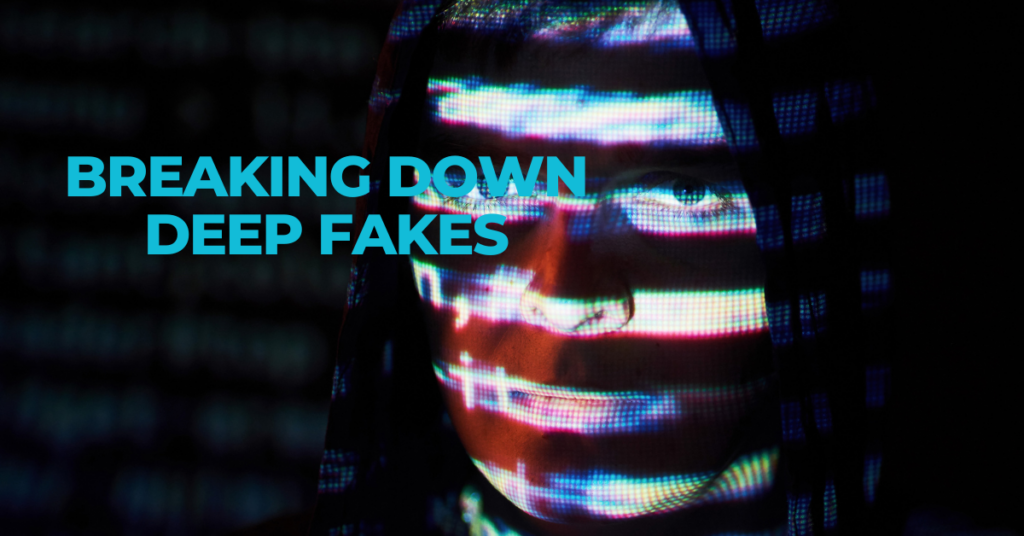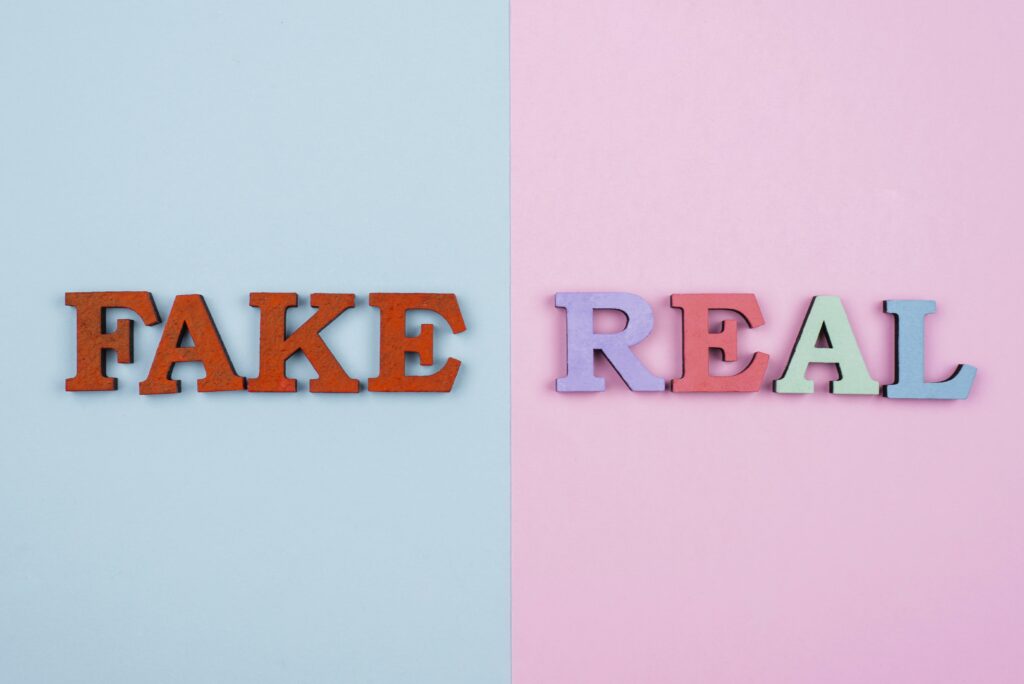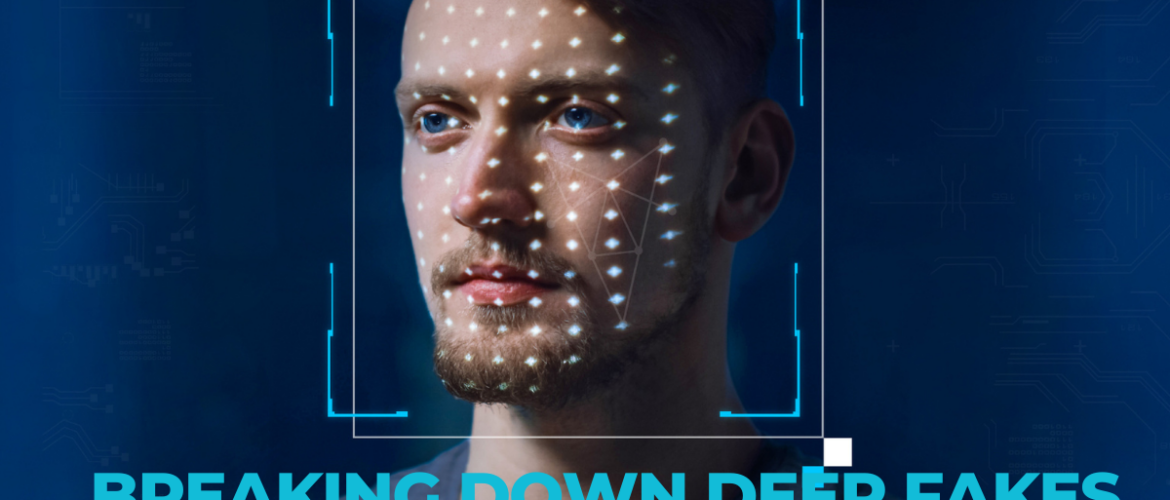Breaking down Deep fakes: Decoding the Complexities in an Era of Advanced Technology
Welcome to the age of hyperreality, where technology blurs the lines between truth and illusion. In this digital era, it’s important to grasp the concept of deep fakes, which are realistic videos created using artificial intelligence. These videos, while offering exciting possibilities in dance, education, and entertainment, also raise ethical concerns.

Breaking down Deep fakes, The Basics:
To understand the impact, let’s break down deep fakes at their core. These creations, powered by advanced algorithms, make us question the intersection of technology and deception. Knowing how they are made is the first step in navigating the ethical issues around their use.
Breaking down Deep fakes, Positive Aspects in Education:
Despite ethical concerns, there are positive aspects to deep fakes, especially in education. Think about the potential for immersive simulations that help in learning about historical events. The applications in entertainment and education are vast.
Breaking down Deep fakes, Unveiling the Dark Side:
However, deep fakes also have a dark side. Bad actors could misuse them to spread misinformation, harm reputations, and manipulate public opinion. The threat of creating fake content involving public figures is a real and alarming issue.
Breaking down Deep fakes, Ethical Dilemmas:
To navigate this ethical maze, we need to address crucial questions. Should consent be mandatory for creating deep fakes with someone’s likeness? How do we deal with copyright concerns when using someone’s identity without permission?
Breaking down Deep fakes, Detecting Illusions:
Distinguishing deep fakes from genuine content is crucial. In an era where trust in traditional information sources is fragile, developing reliable methods for detection and verification becomes essential.

Breaking down Deep fakes, Regulation and Responsibility:
Should legal restrictions be placed on deep fakes? Figuring out who should be held responsible for creating and spreading them is part of understanding the legal landscape. Balancing innovation and accountability is crucial.
Breaking down Deep fakes, A Balanced Approach:
Understanding deep fakes requires a balanced perspective. They aren’t inherently good or bad; their morality depends on intent and application. Responsible development and use are crucial, requiring collaboration between technologists, policymakers, researchers, and the public.
In conclusion, understanding deep fakes is crucial in navigating the ethical challenges of hyperreality. By grasping their intricacies and approaching them with nuance, we can ensure responsible use, avoiding pitfalls and harnessing their potential for positive impact.





Leave A Comment